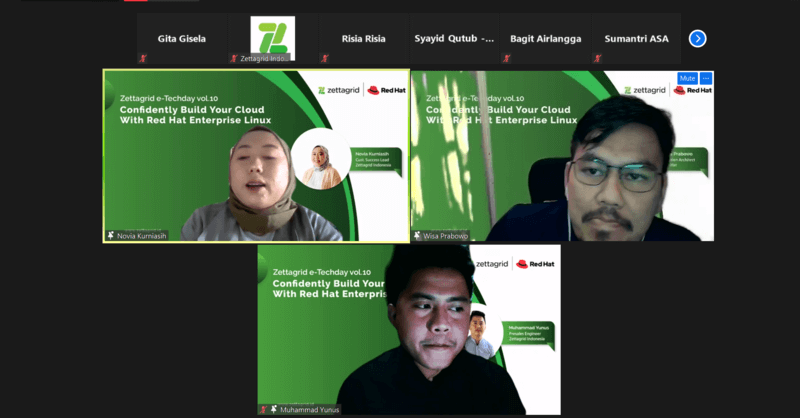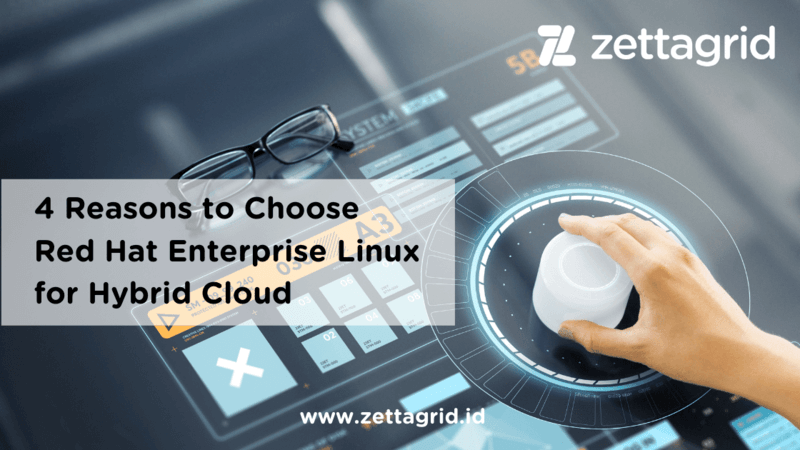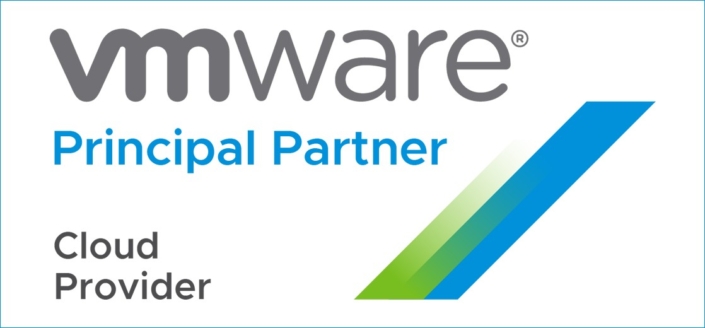2 Things To Know About Red Hat Enterprise Linux Subscription
 2 Things To Know About Red Hat Enterprise Linux Subscription
2 Things To Know About Red Hat Enterprise Linux Subscription
As the digital era begins, IT infrastructure becomes a core business differentiator. Even to support business initiatives, IT organizations must optimize their infrastructure first. Therefore, it is not a surprise anymore to see many enterprises look for IT solutions to transform their business into digital. One of them is by using open source software like Red Hat Enterprise Linux subscription.
As an intelligent operating foundation for modern IT, Red Hat Enterprise Linux delivers optimal benefits for your organization. Its consistency across infrastructure allows business to deploy applications, workloads, and services using the same tools, regardless of location. Furthermore, a Red Hat Enterprise Linux subscription provides access to the resources, tools, and technologies business needs to be successful. That’s why, this open source software is often to be the option whether for hybrid cloud deployment or local premise.
Then, what is the difference between Red Hat Enterprise Linux subscription through Cloud Service Provider (CSP) and Red Hat for Hybrid Cloud Deployment and On-Premise? in Zettagrid e-TechDay vol. 10, Muhammad Yunus as a Presales Engineer Manager at Zettagrid Indonesia and Wisa Prabowo as Solution Architect at Red Hat, have answered this question. Curious to know the recap? Read them below here:
Different Support Team Services
CSP does not only offers IT infrastructure, but service like support team is also available for its customers. Therefore, if your business plan to subscribe to Red Hat Enterprise Linux whether for Hybrid Cloud Deployment or On-Premise through CSP like Zettagrid, the support team services will also be available for it.
However, the services will be different from the business subscription needs. If the business plan to subscribe the Open Sources for local premise through Zettagrid, its sub-support will be available for it. Then, if the business plan for implementing it on hybrid cloud deployment, the support team services will be available in premium. This means, its support team services will be available according to its SLA.
Same as CSP, Red Hat also provides Support Team as a service for Business’ Red Hat Enterprise Linux Subscription. With the standard service, its support team will be available for a year. So, if the business plan to subscribe to its open source through Red Hat, all services will be handled by Red Hat.
Cost and Flexibility
If your business ever explored CSP, management must have known the pay-per-use concept. Yes, with the pay-per-use, business could manage its cost for the cloud infrastructure. So is the Open Source like Red Hat Enterprise Linux subscription, business could have its pay-per-use if they subscribe it through CSP like Zettagrid Indonesia.
However, if your business plan to subscribe through Red Hat, pay-per-use is not available for it. Red Hat offers a subscription in standard and premium for business, and both are available for a year subscription only.
Find out more about this session by watching the webinar again on our Youtube account. And if you are interested in our cloud solutions, you can contact us at sales@zettagrid.id or click here.

 4 Reasons to Choose Red Hat Enterprise Linux for Hybrid Cloud
4 Reasons to Choose Red Hat Enterprise Linux for Hybrid Cloud
